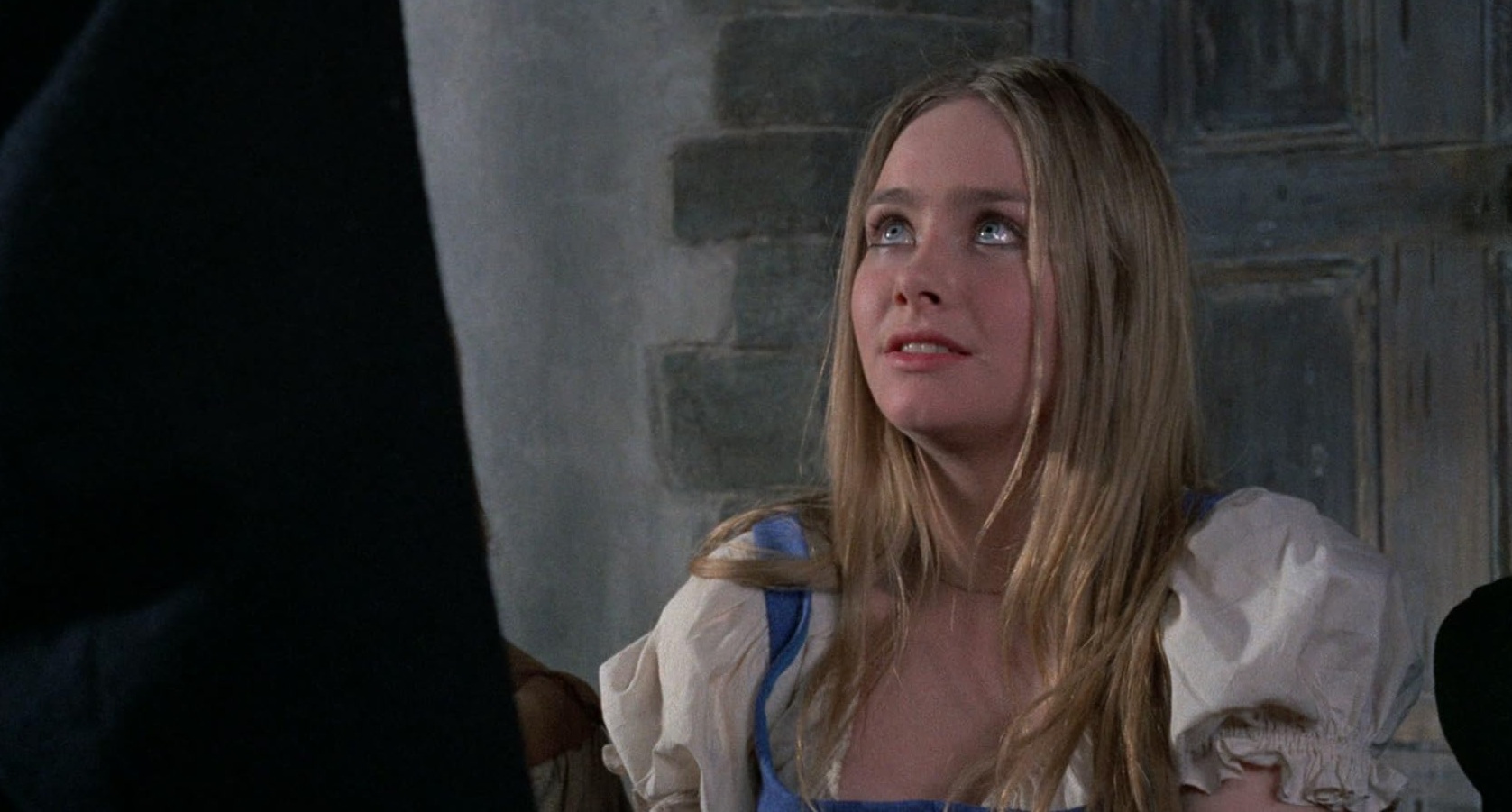THE BLOOD OF SATAN'S CLAW
THE BLOOD OF SATAN'S CLAW
Blasphemous and unsettling in its day, today the film impresses chiefly through its striking imagery and evocative music. Alongside WITCHFINDER GENERAL and THE WICKER MAN, it laid the foundations of British folk horror – a macabre tale of a demon that preys upon the minds of adolescents in 18th-century rural England.
By the 1970s, the golden age of British horror - rooted in classic Gothic novels and launched by Hammer Studios in the mid-1950s - was drawing to a close, if not already spent. Audiences had grown weary of yet another incarnation of DRACULA or FRANKENSTEIN, and Christopher Lee, armed with plastic fangs, no longer terrified even the most ardent devotees of lavish Gothic spectacle. At that moment, a new generation of filmmakers came to the fore, drawing instead on folk traditions.
Thus was born British folk horror, and THE BLOOD ON SATAN’S CLAW stands as one of its defining works – alongside Michael Reeves’ WITCHFINDER GENERAL and Robin Hardy’s THE WICKER MAN, together forming the so-called “unholy trinity.”
Early 18th-century England: a farmer unearths a strange, deformed skull in his field. Before he can summon the village elders, the skull vanishes. Soon afterwards, the children and adolescents of the parish begin to display ever more disturbing and inexplicable behaviour.
Made for less than £100,000 by Tigon, Piers Haggard’s film continues to captivate with its luminous cinematography and Mark Wilkinson’s eerie, otherworldly score. At the time of its release, THE BLOOD ON SATAN’S CLAW scandalised audiences, as Haggard broke one taboo after another – not merely toying with blasphemy but also portraying the burgeoning sexuality of its teenage characters. Half a century later, it may no longer cause fainting fits, yet the film still possesses the power to chill.
Text: Grzegorz Fortuna
































